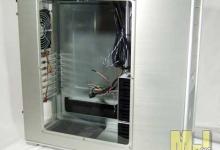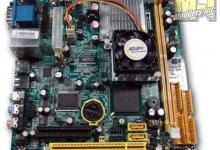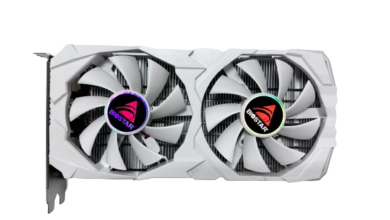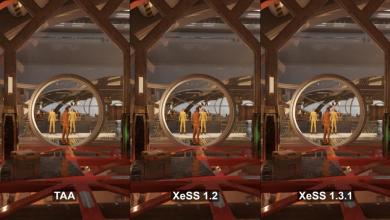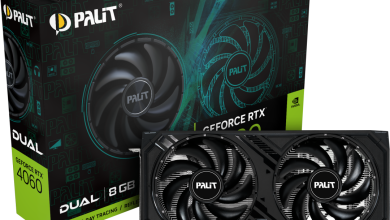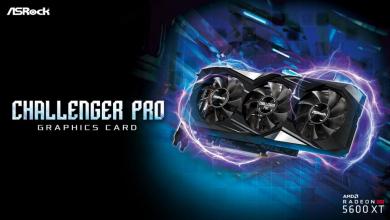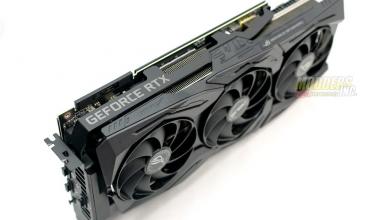Sapphire HD 4650 AGP Video Card
A Closer Look
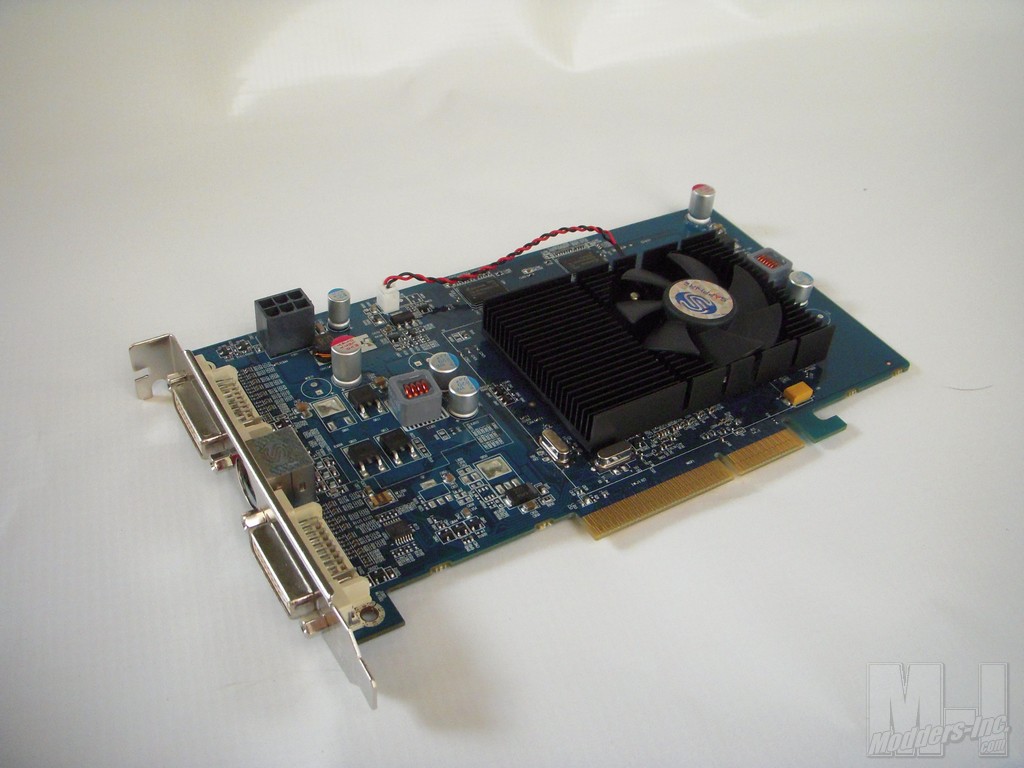
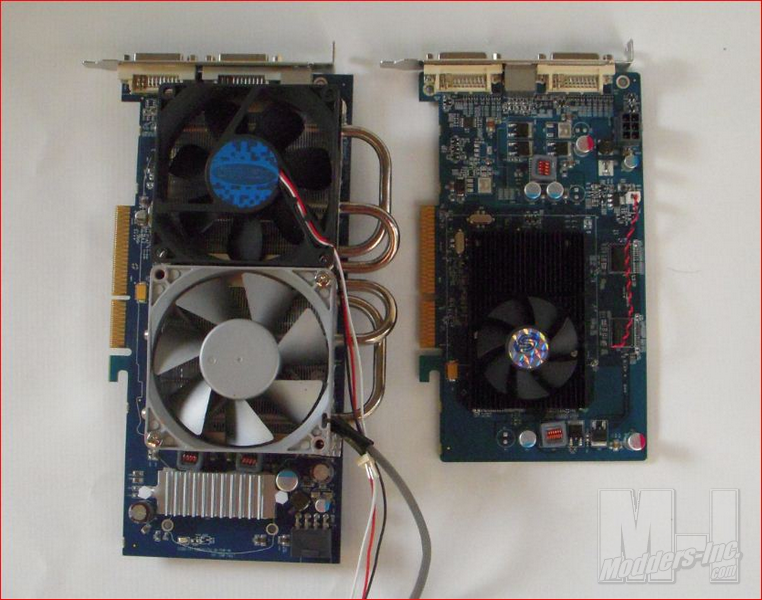
( Comparing the HD3850 w/aftermarket cooling to the 4650 stock )
The main technology that has contributed to the shrinking size is of course the graphics chips being fabricated using the second generation 55nm processing. This fabrication process allows for a much more powerful graphics chip which uses less energy and in return creates less heat. This is why when compared to other ATI/AMD chips like the older and larger X1900 and even the HD3850 this chip shouldn’t be quite the furnace. While I’m on heat, the heat spreader on this card is very small and the word “tiny” even comes to mind. I don’t think I’ve seen a cooler this small on a “Gaming Card”. With this cooler there is no active cooling on the top two RAM chips provided by the fan either. I’m hoping they run cool enough that heat won’t be an issue with them.
As we can see from the above picture my HD3850 had some problems with heat with the Core and also the Memory. This added extra cost by having to upgrading the cooling with the GFXChilla. Even then I still had heat issues with that card. I ended up having to upgrade the fans on the cooler as well. All these “extra” upgrades finally kept the heat at bay but the price beyond the monetary value was extra noise as well. I’m hopeful the smaller die and cooling of the HD4650 won’t give me such a hassle. If the small heat fins on this card are all that is needed it will make it the perfect card for a media setup or for Small Form Factor setups.
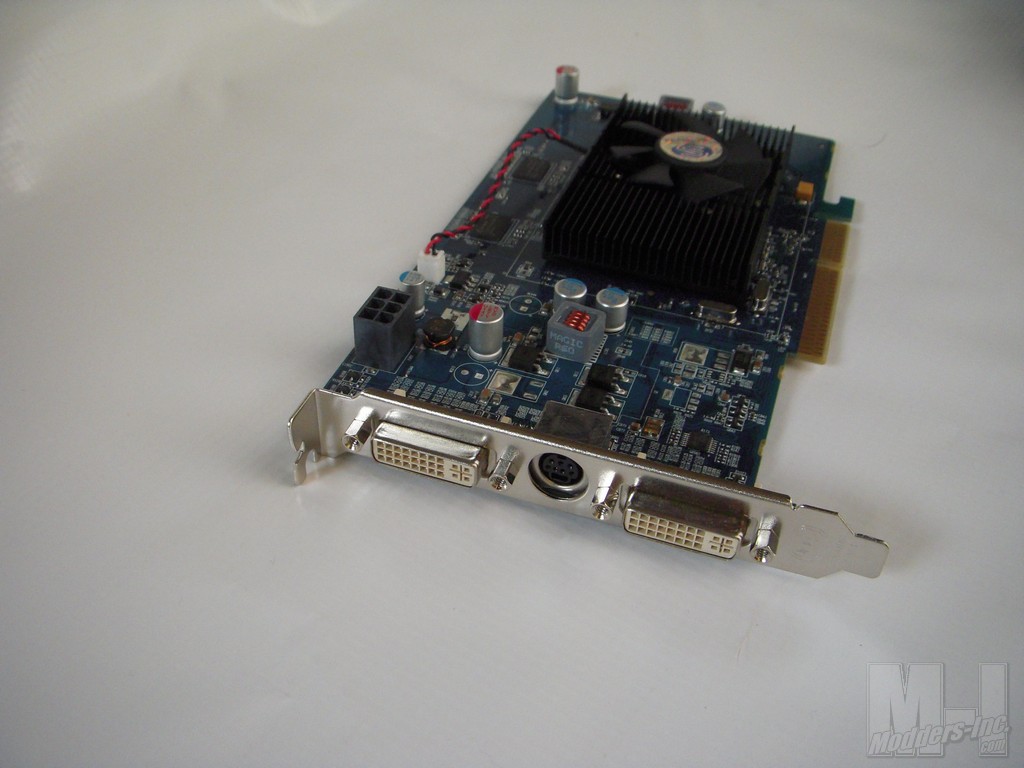
Lastly looking at the interface connectors you have two DVI ports on either side of an S-video port. Again you are provided with adapters to go from DVI to VGA and HDMI. It’s probably important to note that the HDMI signal coming from this card won’t carry any sound as the card doesn’t offer any sound processing like the PCI-e version. You will still have to pull your sound from your sound card or onboard sound. The middle S-video port of course has the option to run with either the composite adapter or the RGB HDTV adapter.
Now let’s move onto the installation process.

